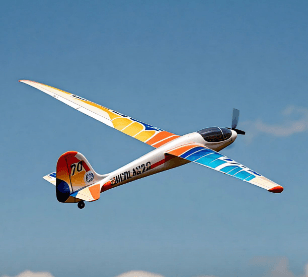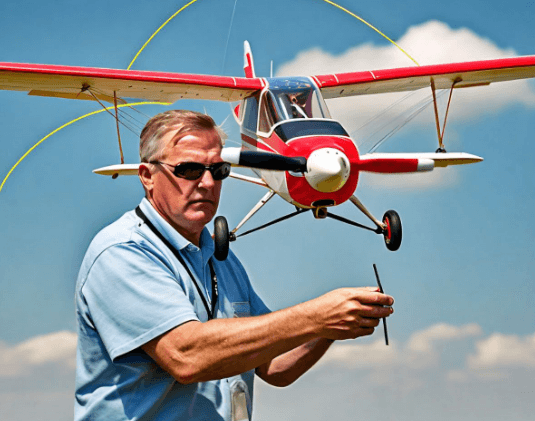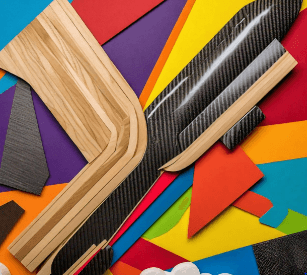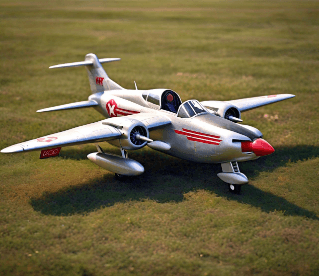Like any other sport or hobby, building aircraft models is an interesting and engaging activity. For those who haven’t discovered the hobby yet, here’s some valuable information. An aircraft model is essentially a copy of an existing or imaginary aircraft, created as a small, unmanned version. These model aircraft are divided into two main categories: flying models and non-flying models. Non-flying models are often referred to as static, display, or shelf models.
What Are Aircraft Model Kits?
The question is, why choose aircraft models as a hobby? As mentioned earlier, this hobby can be approached in two primary ways: assembling static models or handling dynamic models that have flying capabilities. Nowadays, various aircraft models are available, made from materials like balsa wood, polystyrene foam, bamboo, plastic, styrofoam, carbon fiber, or glass fiber. Some of these models can be quite large, especially those designed to replicate full-scale flight properties.
Types of Aircraft Models
1. Static Model Aircraft
Static models are meant for display and range from simple mass-produced kits to highly detailed and accurate replicas. These models are typically made from white metal, plastic, or injection-molded polystyrene. Building static models requires time, patience, and attention to detail, as the goal is to create a realistic and precise replica of the aircraft.

2. Flying Model or Dynamic Model Aircraft
Flying models, also known as dynamic models, are functional replicas designed to mimic the flight capabilities of full-sized aircraft. The reduced size of these models affects their Reynolds number, which determines how the air interacts with the model. The required control surfaces and stability adjustments differ from full-size aircraft to ensure proper performance.

Control Methods for Flying Model Aircraft
These aircraft can be controlled using three main methods:
- Free Flight (F/F): Free flight models take off from the ground without any external control. Before flight, the model’s control surfaces and weight are carefully set to ensure stable flight. Most free-flight models are gliders or rubber-powered and do not use motors. This type of aircraft is popular for personal enjoyment and beginner hobbyists.
- Control Line (C/L): Control line aircraft are tethered to a central point using cables, which can be operated manually or with the help of a pole. The plane flies in circles around the operator. Typically, two cables are used—one connects to the aircraft, and the other controls the elevator, allowing the model to maneuver up and down.
- Radio-Controlled (RC) Aircraft: Radio-controlled aircraft are operated using a remote transmitter, which allows the user to control the model’s flight surfaces just like in full-sized aircraft. Older models relied on manual radio signals for control, but modern RC aircraft often use flight control computers for enhanced stability and even autonomous flying. This is particularly common in quadcopters.

Materials Used in Aircraft Models
Aircraft models can be made from a variety of materials, depending on their purpose:
- Balsa Wood: Lightweight and flexible, balsa wood is a common choice for beginner kits and gliders.
- Polystyrene Foam: This material is inexpensive and easy to shape, making it ideal for simple model kits.
- Carbon Fiber: Known for its strength and low weight, carbon fiber is used in high-performance RC aircraft.
- Glass Fiber: Provides durability and is often used in larger, detailed model aircraft.
Some models, especially larger ones, are designed to closely replicate the look and performance of the original aircraft, requiring advanced materials and building techniques.

Learning to Fly Model Aircraft
Flying model aircraft is not as simple as it may seem, but once mastered, it offers a thrilling experience. There are many different types of aircraft models you can explore, including:
- Helicopters: These require precise control and are designed for complex maneuvers.
- Aerobatic Models: Built for performing stunts, these models need high-performance capabilities.
- Floating Planes: These models are designed to land on water, providing a unique flying experience.
- Gliders: These rely on wind and air currents for flight, typically without motors.
Flying these models can be a rewarding hobby that combines skill, patience, and a love for aviation.
Conclusion: Why Choose Aircraft Model Kits?
Aircraft model kits provide an enjoyable and educational hobby that teaches valuable skills in engineering, design, and aerodynamics. They offer a wide variety of experiences, from building intricate static displays to piloting realistic flying models. Whether you are new to the hobby or an experienced enthusiast, there are countless options to explore, including helicopters, gliders, and advanced RC aircraft.
In summary, learning to build and fly model aircraft is a fulfilling activity that can be enjoyed at any age. With various types of models and materials available, this hobby caters to a wide range of interests and skill levels, making it a versatile and exciting choice.

